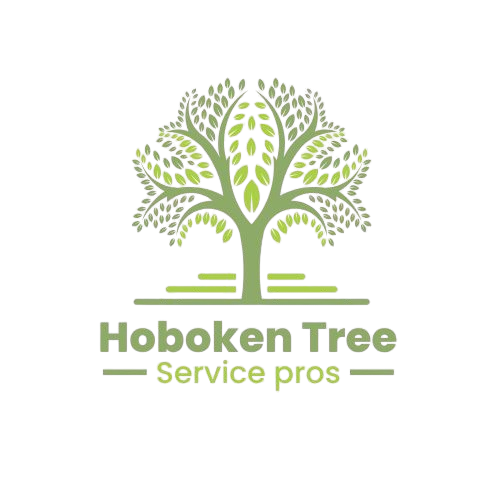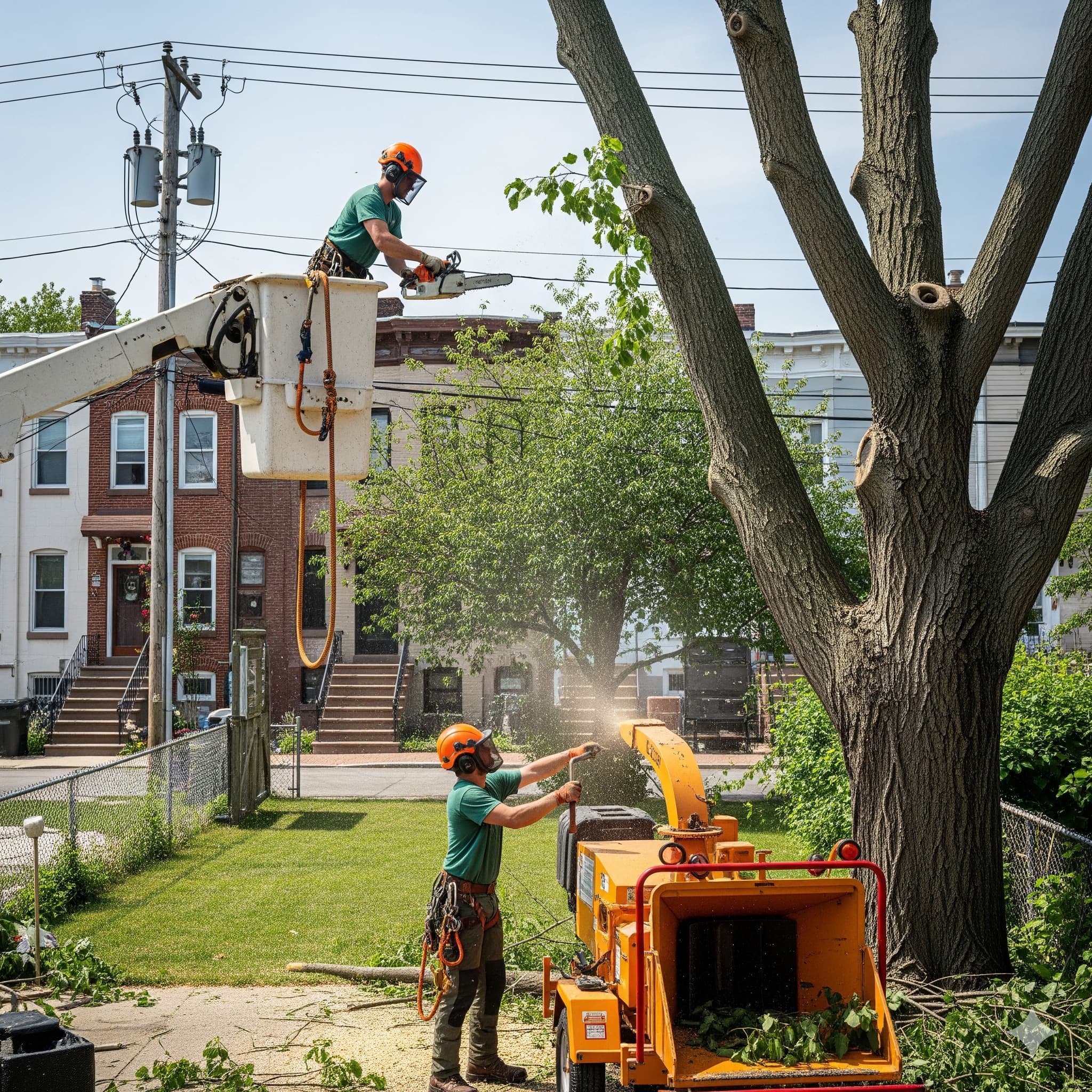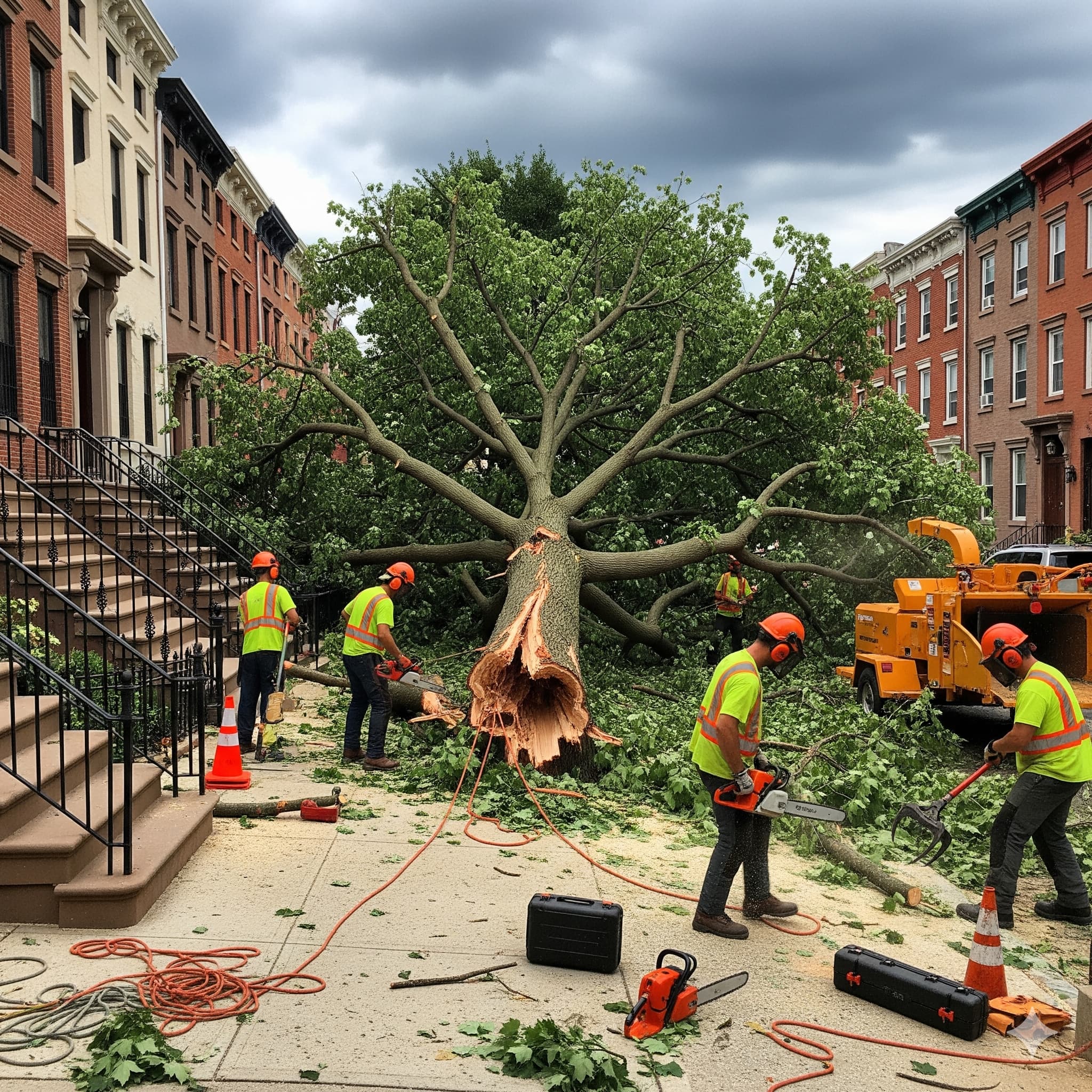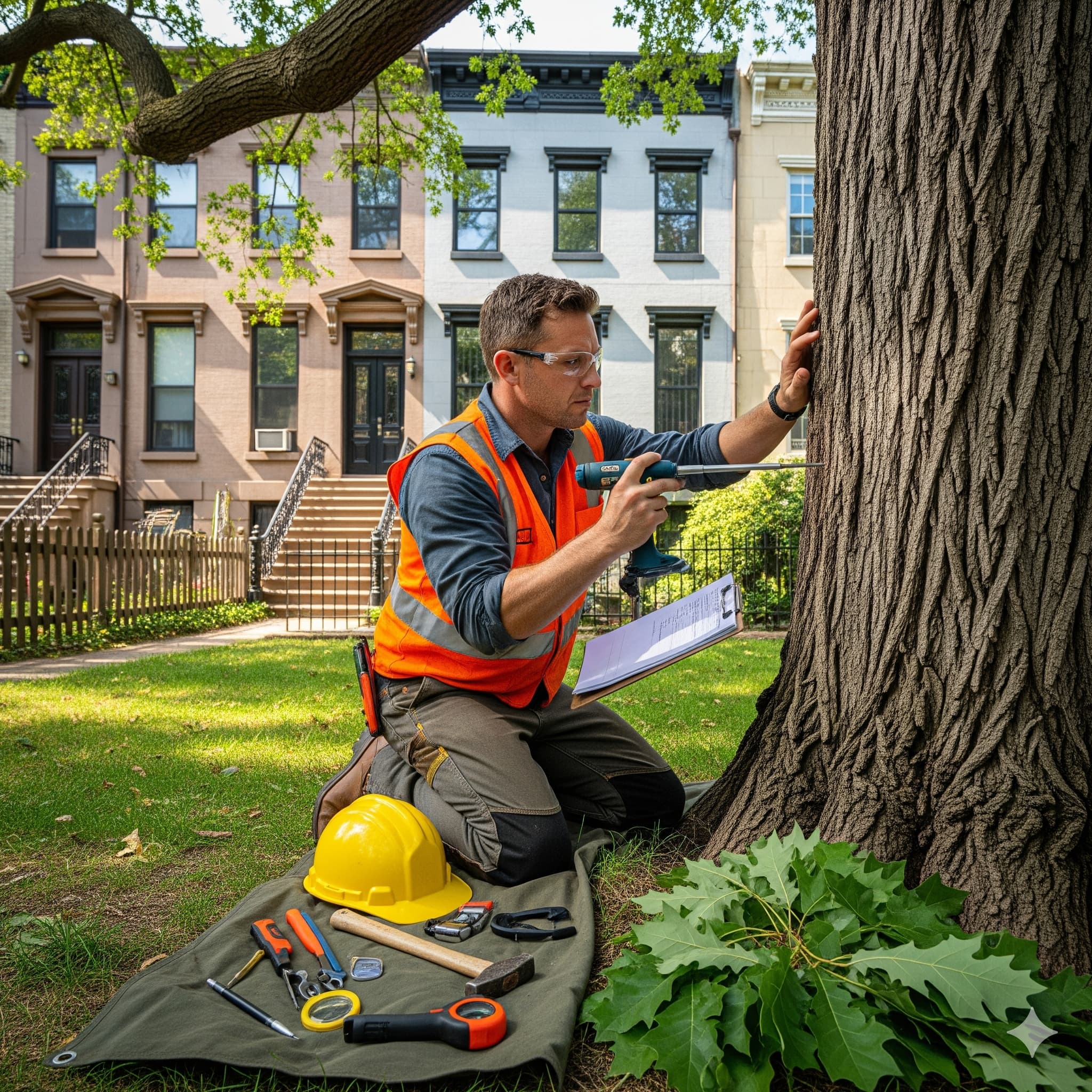
Tree Planting Tips for Hoboken’s Waterfront Lots
Tree Planting Hoboken
Hoboken’s waterfront residential properties present unique challenges and opportunities for homeowners interested in tree planting. From the salt-exposed areas near the Hudson River to properties along Sinatra Drive, successful tree planting requires understanding the specific environmental conditions that define waterfront living in this mile-square city.
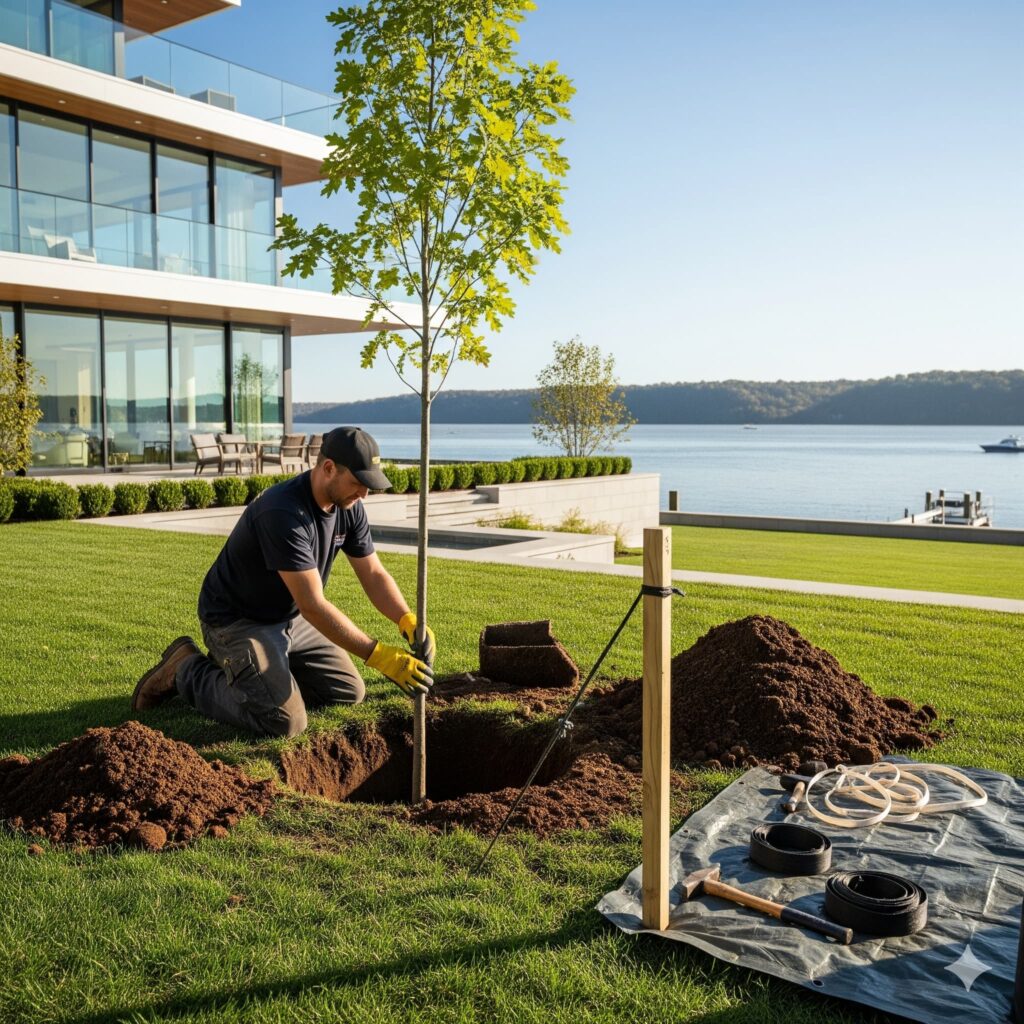
Understanding Waterfront Soil Conditions
Waterfront lots in Hoboken often feature challenging soil conditions that significantly impact tree planting success. Many properties near Pier A Park and along the southern waterfront contain compacted fill material mixed with construction debris from the area’s industrial past. Professional tree planting services recommend soil testing before selecting appropriate species.
The Hoboken Shade Tree Commission requires tree pits to be excavated three feet deep and completely free of compacted soil, construction debris, and historic fill. Replacement with high-quality sandy loam soil provides the foundation for healthy tree establishment in waterfront residential areas.
Salt Tolerance Considerations
Properties within several blocks of the Hudson River face salt spray exposure, particularly during winter storms and high winds. Successful tree planting in these areas requires selecting salt-tolerant species that can withstand both soil salinity and airborne salt exposure from the waterfront environment.
London Plane trees have proven successful along Hoboken’s South Waterfront, demonstrating excellent salt tolerance while providing substantial canopy coverage. However, residential properties may benefit from smaller-scale alternatives that match both site conditions and space constraints typical of waterfront lots.
Hoboken Shade Tree Commission Approved Species
All tree planting in Hoboken must use species from the Shade Tree Commission’s approved list, ensuring selections are appropriate for the urban environment and local climate conditions. Waterfront properties should prioritize species proven successful in similar exposures throughout the city’s residential neighborhoods.
The Commission’s expertise in urban forestry helps homeowners avoid costly mistakes by selecting trees suited to Hoboken’s unique conditions, including proximity to salt water, urban heat island effects, and limited root space common in waterfront developments.
Proper Planting Depth and Soil Preparation
Professional tree planting requires precise attention to root flare placement and soil preparation. The tree root flare should be set at soil finish grade, with girdling roots removed before backfilling. This technique ensures proper drainage and prevents common problems that lead to tree failure in waterfront environments.
Air-entrained soil, similar to that used successfully at the South Waterfront promenade, provides necessary drainage and root oxygenation. This lightweight soil mix includes expanded shale, helping trees establish healthy root systems in challenging waterfront conditions near residential properties.
Irrigation and Establishment Care
Newly planted trees require consistent watering throughout their establishment period, particularly important in waterfront locations where salt exposure can increase water stress. The recommended rate for watering new trees is 10 gallons per caliper inch of trunk diameter weekly.
Gator Bag-type irrigation systems provide consistent moisture delivery during the critical first two growing seasons. These systems prove especially valuable for waterfront properties where wind exposure and salt stress demand reliable water access for successful tree establishment.
Wind Protection and Staking
Waterfront properties experience stronger winds than interior locations, making proper tree staking essential for establishment success. Two wooden stakes with Arborties provide appropriate support without restricting natural trunk movement necessary for strong root development.
Guy wires with rubber hose are not acceptable under Shade Tree Commission standards, as they can damage bark and restrict proper trunk development. Professional tree planting services understand these requirements and use approved methods for waterfront installations.
Timing and Seasonal Considerations
Fall planting often provides optimal conditions for tree establishment in waterfront locations, allowing root development during cooler months before facing summer heat and salt exposure. Spring planting can succeed but requires more intensive irrigation during the hot summer months.
Waterfront properties should avoid winter planting when salt spray exposure reaches peak levels during nor’easter storms. Professional timing ensures new trees establish before facing the harshest environmental stresses typical of Hudson River proximity.
Tree Pit Design and Protection
Waterfront tree planting benefits from larger tree pits that provide adequate soil volume for root development. The Shade Tree Commission recommends tree pits ranging from 15-50 square feet, with larger sizes particularly important for waterfront exposures where trees face additional environmental stresses.
Three-sided tree pit guards approved by the Shade Tree Commission protect young trees while allowing proper water infiltration. Guards should not restrict tree growth or create tripping hazards along waterfront walkways and residential sidewalks.
Mulching and Maintenance Requirements
Proper mulching provides essential benefits for waterfront tree plantings, including moisture retention and soil temperature moderation. Hardwood mulch should be applied no deeper than three inches and kept three inches away from the trunk to prevent moisture-related problems.
Regular mulch maintenance helps trees establish successfully while preventing weed competition that can stress young plantings. Waterfront properties benefit from professional maintenance programs that address the unique challenges of salt exposure and wind stress.
Permit Requirements for Residential Plantings
Tree planting within public rights-of-way requires permits from both the Shade Tree Commission and, potentially, road opening permits from the City Engineer. Residential property owners should verify permit requirements before beginning any tree planting projects near waterfront streets.
Professional tree planting services handle permit applications and ensure compliance with local regulations governing tree installation in residential areas. This expertise prevents delays and ensures projects meet all municipal requirements.
Long-term Success Factors
Successful waterfront tree planting requires commitment to proper establishment care and ongoing maintenance. Trees planted with professional expertise and maintained according to Shade Tree Commission guidelines develop into valuable assets that enhance waterfront residential properties.
Professional services provide the knowledge and experience necessary to navigate Hoboken’s unique regulations while selecting and installing trees suited to challenging waterfront conditions throughout the city’s residential neighborhoods.
For professional tree planting services designed for Hoboken’s waterfront conditions, contact Hoboken Tree Service Pros. Our certified arborists understand Shade Tree Commission requirements and specialize in selecting and installing trees that thrive in salt-exposed residential properties throughout Hudson County waterfront communities.
